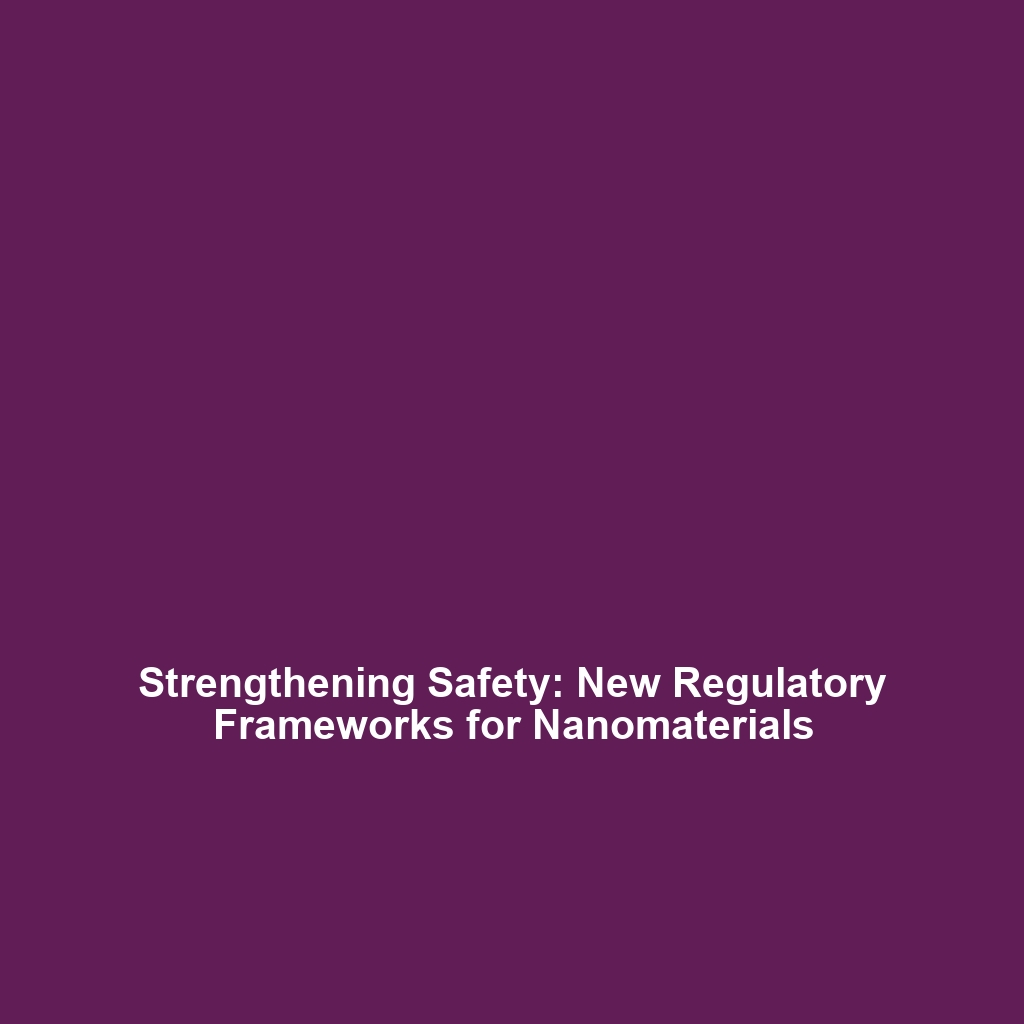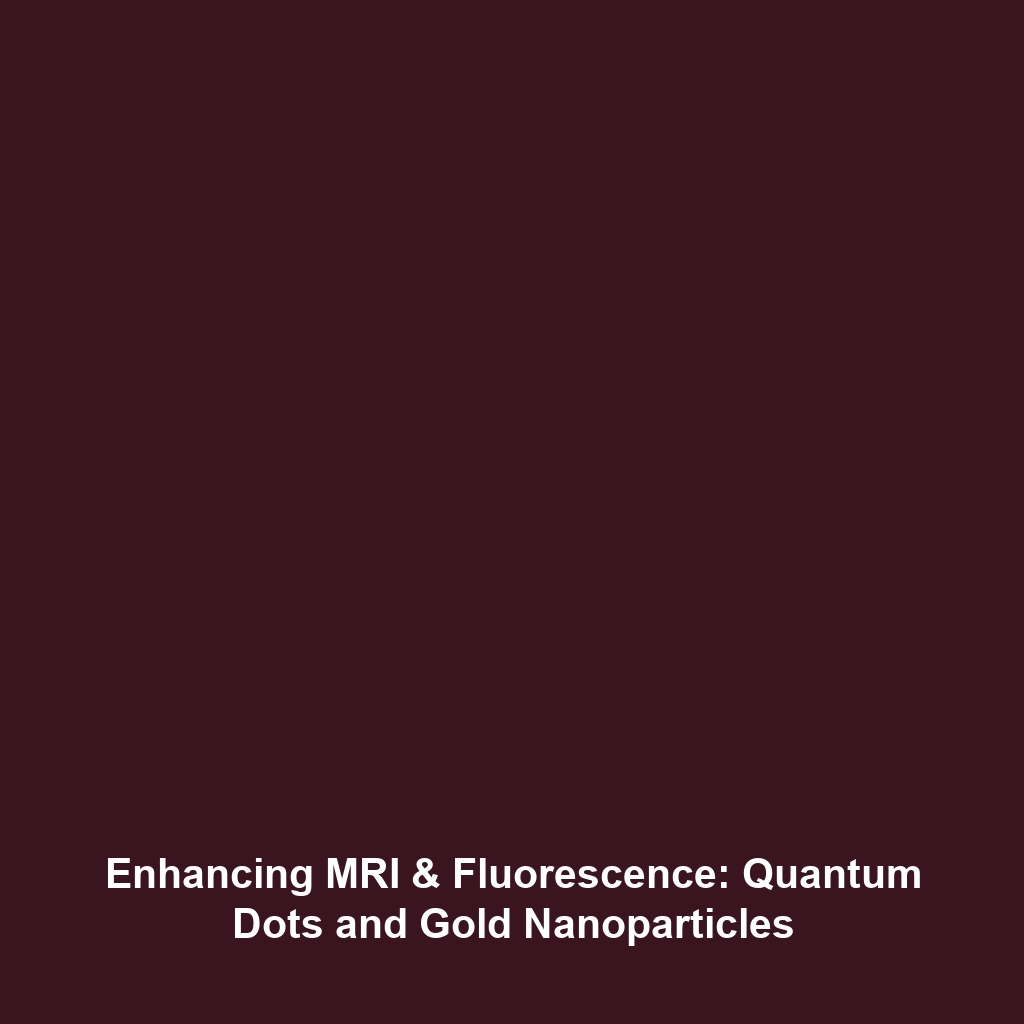The Cost of Producing High-Purity Nanomaterials and Scaling Challenges
Introduction
The production of high-purity nanomaterials is a cornerstone of modern advancements in nanotechnology, yet it comes with significant financial implications. As the demand for advanced nanomaterials continues to surge across various industries, the challenges of production costs and the complexities associated with scaling up pose a considerable barrier. Understanding these issues is crucial for researchers and companies aiming to leverage the unique properties of these materials in practical applications.
Key Concepts
Understanding High-Purity Nanomaterials
High-purity nanomaterials are defined by their exceptional features, including enhanced electrical, thermal, and mechanical properties. These materials have wide-ranging applications, from electronics to medicine. However, the processes involved in their synthesis, such as chemical vapor deposition and sol-gel methods, require precise control over conditions to ensure purity, which in turn escalates production costs.
Importance of Scaling Up
Scaling up the production of high-purity nanomaterials without compromising quality is a pressing challenge in the field of advanced nanomaterials. As demand increases, manufacturers must find cost-effective methods to produce larger quantities while maintaining stringent quality standards.
Applications and Real-World Uses
The production of high-purity nanomaterials has transformative implications across several sectors:
- Electronics: Highly pure nanomaterials are used in the fabrication of semiconductor devices, improving performance and energy efficiency.
- Medicine: In drug delivery systems, high-purity nanoparticles enhance targeting and reduce side effects.
- Energy: Nanomaterials with superior electrical conductivity are pivotal in developing advanced batteries and fuel cells.
By harnessing these materials, industries can achieve unprecedented levels of innovation.
Current Challenges
Despite the promising potential, there are numerous challenges in the field:
- High production costs limit accessibility and scalability.
- The complexity of synthesis techniques can lead to inconsistencies in material properties.
- Environmental concerns with specific synthesis methods can hinder widespread adoption.
Addressing these challenges of high-purity nanomaterials is vital for progressing within the realm of advanced nanomaterials.
Future Research and Innovations
The landscape of high-purity nanomaterials is rapidly evolving, with several innovative approaches on the horizon:
- Development of novel synthesis techniques that reduce costs while enhancing quality.
- Integration of artificial intelligence to optimize production processes.
- Research into sustainable methods for producing nanomaterials, thereby addressing environmental concerns.
These advancements promise to reshape the future of advanced nanomaterials, unlocking new applications and efficiency.
Conclusion
In summary, the production of high-purity nanomaterials is fraught with challenges related to cost and scalability. However, ongoing research and innovative strategies hold the potential to overcome these hurdles, paving the way for broader applications in advanced nanomaterials. Staying informed on these developments is essential for stakeholders in the field. For further exploration, consider reading our articles on Nanomaterials in Medicine and Nanotechnology in Energy Storage.








